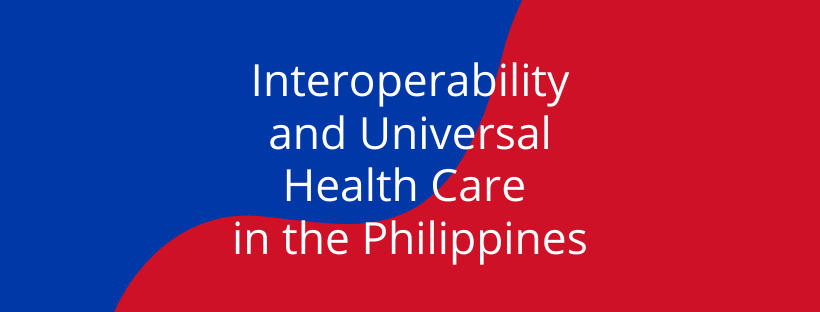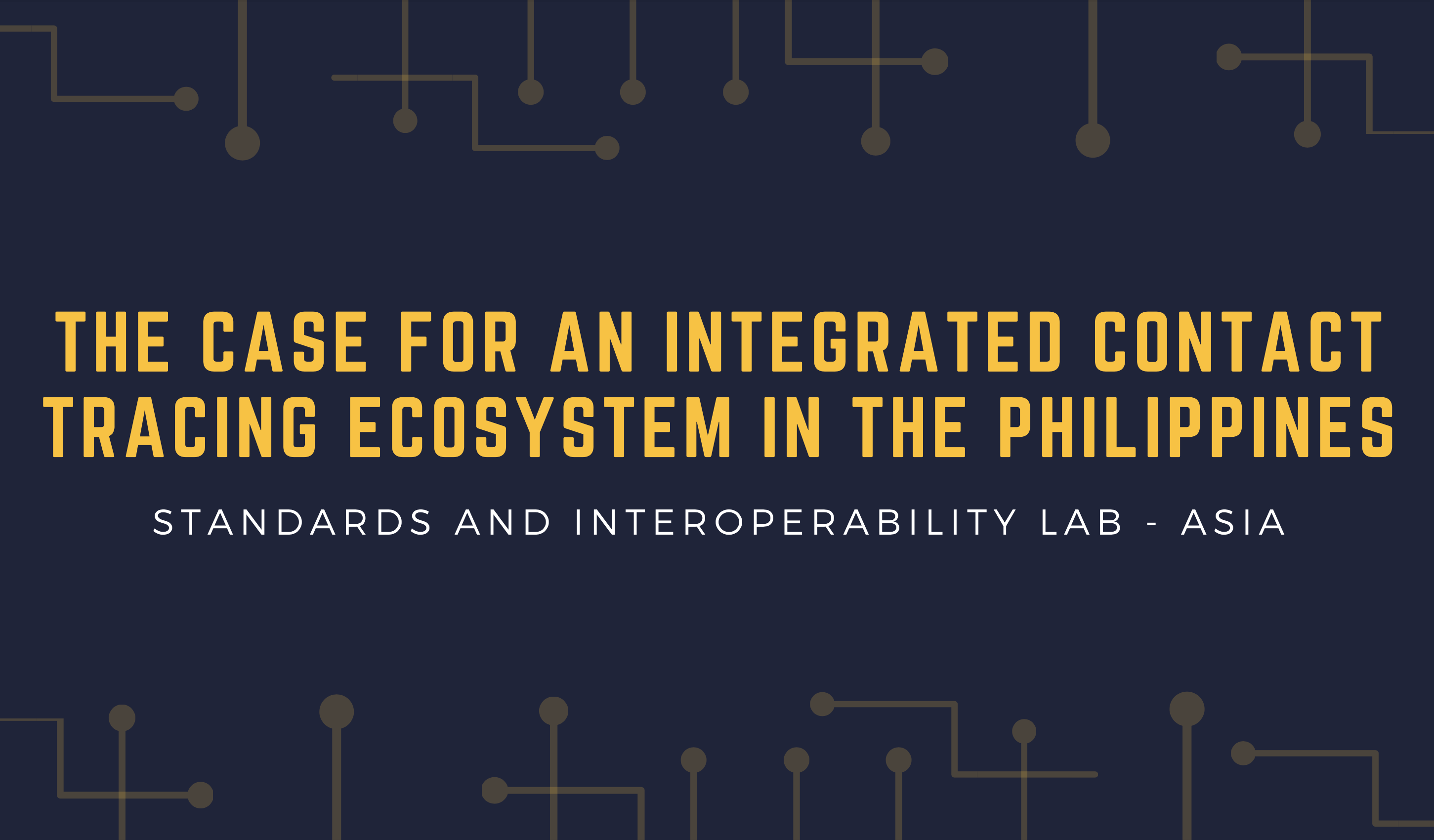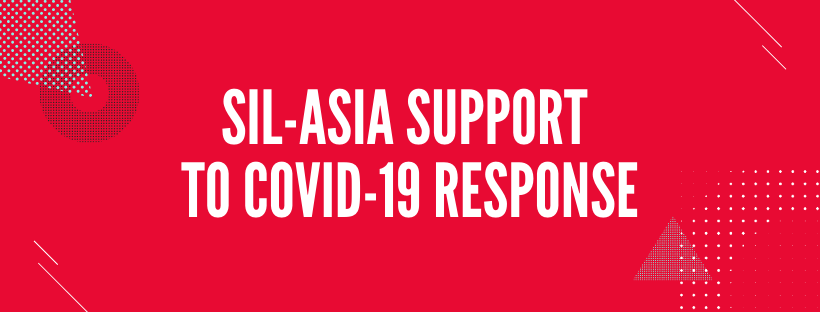On February 20, 2019, President Rodrigo Duterte signed the passage of the Universal Health Care (UHC) Law or Republic Act No. 11223. The UHC Law aims to ensure that all Filipinos will be guaranteed quality and affordable health care while being protected from financial risks and hardships.
The UHC Law mandates that every Filipino citizen shall be automatically enrolled in the National Health Insurance Program. This entails immediate eligibility and access to the full spectrum of health services, which include preventive, promotive, curative, rehabilitative, and palliative care for medical, dental, mental, and emergency health services.
To deliver these services, every Filipino will be registered with a primary care provider of their choice. The primary care provider will now be the initial and continuing point of contact for every Filipino patient when it comes to receiving health services. In cases of emergency and proximity concerns, the primary care provider will coordinate access of the patient to higher levels of care.
Why is Interoperability Important?

In healthcare, interoperability refers to a state wherein health information systems have the capability to talk with each other, exchange data, and use the information generated from the exchange.
The state of health data being interoperable promotes the continuity of care received by the patient. This means that patients are able to experience quality healthcare not just during the span of their treatment but even beyond. By enabling health information systems to be interoperable, the patient’s health data will be accessible wherever and whenever s/he is in the country for the decision-making process of both the patient and the healthcare provider.
With this, we can say that healthcare interoperability is an integral component in advancing mechanisms for monitoring, evaluating, and reporting of population health. It enables the streamlining of data collection for public health analysis using data coming from the different health service providers in the country. This can also ensure claims are reimbursed in a timely and proper manner for health insurance. Overall, it can then shape governance decisions for attaining UHC.
What is a Health Interoperability Lab?

A health interoperability lab is a facility focusing on the interoperability of digital health applications and systems. It is a collaborative space equipped with digital health experts to design, develop, and test health information systems and applications that are standards-based and interoperable.
Overall, a lab should be able to support the achievement and measurement of UHC through the use of information and communications technology (ICT). In essence, ICT serves as a tool to efficiently and effectively monitor the progress of a country towards UHC.
With ICT, UHC will be supported in these pertinent aspects:
- Coverage: Healthcare in remote and rural areas may become accessible through ICT solutions, especially with the advent of telemedicine and mHealth. These solutions allow doctors to provide clinical services to patients without the burden of traveling far for a face-to-face visit.
- Financial Protection: ICT solutions can also potentially reduce healthcare costs by enabling an efficient way of managing health information and data. This can lead to decreased workload among health workers, and also projected savings from decreased administrative costs.
- Quality of Services: Patients can receive better quality of services with the support of ICT solutions. This provides health workers with the tool to navigate through medical records and patient data to help them make a clinical decision that is centered on a patient’s medical history.
How can a Health Interoperability Lab support UHC Law Implementation in the Philippines?
In the context of the Philippines, a health interoperability lab can contribute to the recently passed UHC law specifically by providing support to the following mandates:
1) Service Delivery Network as a Minimum Requirement for Province-wide and City-wide Health Systems

Context: Whereas before, municipalities take charge of managing their own health centers, provinces and highly urbanized cities are now tasked to establish health systems for delivering population-based health services. These services refer to interventions that are received by population groups, such as health promotion, disease surveillance, and vector control.
This also entails that local health systems shall be integrated into province-wide and city-wide health systems, composed of municipal and component city health systems, and city-wide health systems in highly urbanized and independent component cities, respectively.
The minimum components for establishing province-wide and city-wide health systems, as defined in the UHC Law, include (1) Service Delivery Network (SDN), (2) Disease Surveillance, and (3) Health Promotion.
Implication: To enable various health systems to become interoperable or able to connect with one another on a provincial and city-wide scale, the creation of SDN is deemed crucial. SDN is a network of primary care providers that allow patient records to be accessible throughout the health system. This implies that whichever primary care provider a patient is enrolled in, s/he will still be able to access evidence-based health care anywhere in the country.
Support via Health Interoperability Lab: A health interoperability lab can help Provincial and City Health Boards build a health enterprise architecture for their own SDN, a primary component of their province-wide and city-wide health systems. The goal of this architecture is to ensure that SDNs can efficiently and effectively integrate with the existing local health systems from municipalities and cities.
2) Fostering Governance and Accountability with Interoperable Health Information Systems

Context: As part of strengthening the governance and accountability of the state in implementing the UHC Law, health service providers and insurers are now mandated to each maintain a health information system, which shall be developed and funded by the Philippine Health Insurance Corporation (PhilHealth) and the Department of Health (DOH).
The health information system shall consist of (1) Enterprise Resource Planning, (2) Human Resource Information, (3) Electronic Health Records, and (4) Electronic Prescription Log consistent with DOH standards.
The provision states that these key components shall be electronically uploaded regularly through interoperable systems. Maintaining the health information system, however, shall be subjected to patient privacy and confidentiality rules observed under the Data Privacy Act of 2012.
Implication: Overall, this suggests that healthcare providers and insurers shall move from paper-based systems to digital health information systems. The challenge lies in making sure that all systems comply with standards set by DOH to make them interoperable or have the ability to exchange data and information with one another.
Support via Health Interoperability Lab: A health interoperability lab can facilitate the testing and validation of health information systems used by health care providers and health insurers against the common set of standards and interoperability specifications set by the DOH. This will ensure that all health information systems are interoperable.
SOURCE:
Signed UHC Bill










